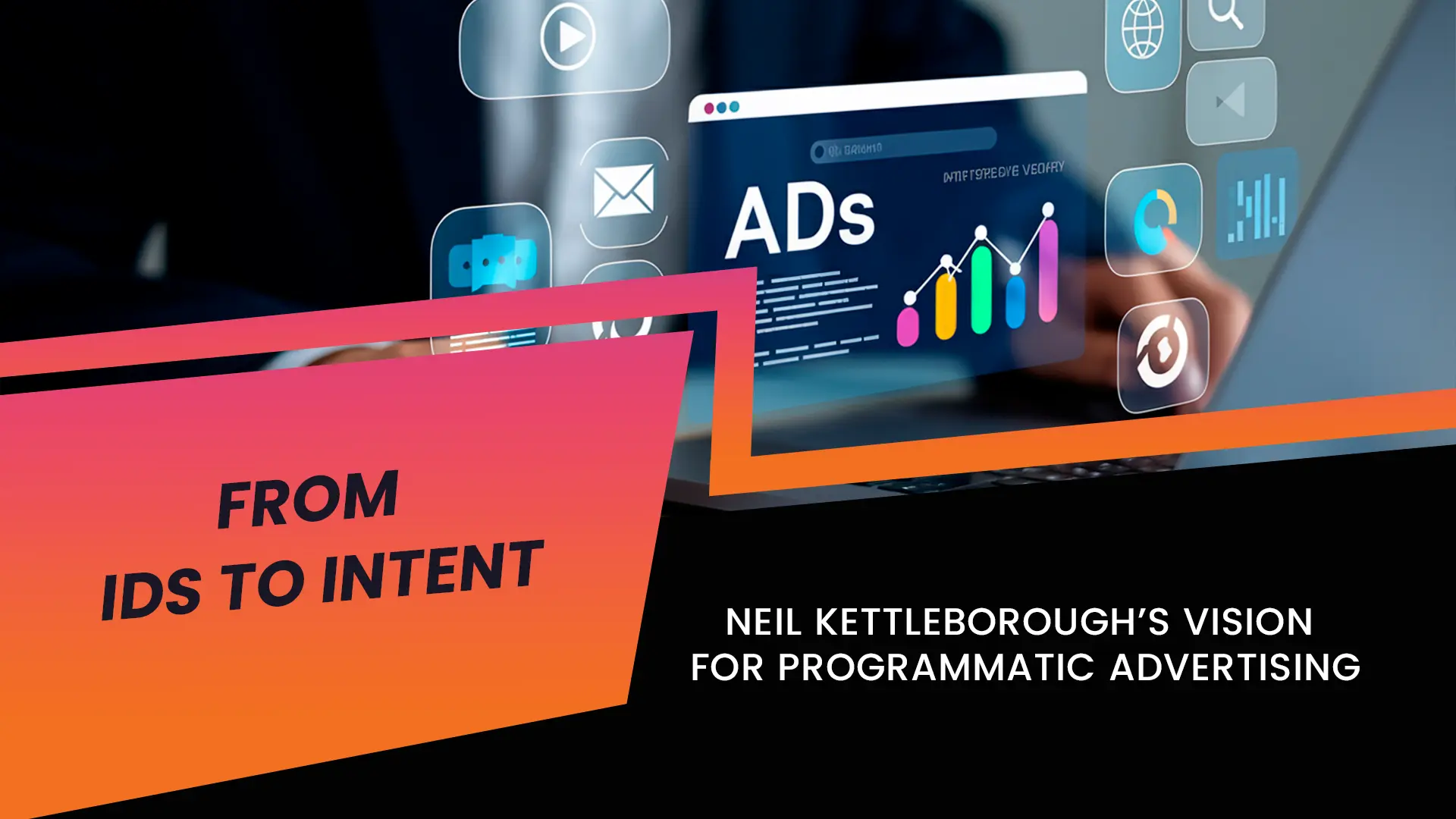Programmatic marketing is at a crossroads. The ecosystem has relied on leveraging user IDs to deliver targeted ads for years. However, as privacy becomes a growing concern and technology advances, relying solely on IDs has proven to be a flawed strategy.
As Neil Kettleborough, a board member at Trader AI, suggests, the so-called programmatic "spine" is becoming compromised and needs to be addressed. The victors will be those who embrace ID-free planning with the support of artificial intelligence, authenticity, contextual targeting, and content-derived insights.
Why the Old System Is Breaking
Standard programmatic models are based on user IDs for conversion tracking, frequency capping, and exclusion of audiences. Without IDs, many demand-side platforms (DSPs) will lose their ability to fulfill their primary functions.
“Take the identifiers away, and the buy-side is reliant on an entirely different set of features—and it will cease to exist virtually overnight,” says Neil Kettleborough. Such heavy reliance means DSPs throw away QPS (queries per second) that they do not consider transactional, leading to consumed inventory loss.
Two Big Shifts in Ad Tech
Industry trends point to two major shifts:
1. Ad spend moving from display to CTV – Connected TV (CTV) marries digital and television by combining digital targeting with the brand power of television. Furthermore, CTV is still using ID targeting.
2. AI-based search causing QPS declines—AI will impact the search, and DSPs will have fewer raw signals, making the traditional buying model less sustainable.
Display Advertising Isn’t Dead
Although changes are occurring, display advertising is still pivotal. Neil Kettleborough is emphatic: "Display is not dead—it simply needs to be done differently."
Instead of following weak ID signals, the future will be in targeting URLs that signal strong user intent. This allows ads to run when an audience is present and engaged, and with less competition from ID-dependent competitors.
Building a New Data Spine
At Trader AI, strategies are evolving away from IDs and toward content and context. By figuring out what users consume and when they consume it, advertisers can create accurate audience profiles without personal identifiers.
Neil notes that brands looking for consumers can identify audiences, “at the very moment intent is shown,” instead of trailing behind them with outdated IDs.
Contextual Targeting Makes a Comeback
Contextual targeting is coming back into sharpened focus again. Contextual targeting is targeting ads with relevant content rather than individuals. For example, a news article on sustainable travel is the ideal context for eco-friendly brands to advertise in.
Contextual targeting is effective, privacy-compliant, and has scaling ability. It is the bedrock of the next era of advertising.
The Role of CTV
CTV is still an attractive option because of its audience reach and satisfied reliance on IDs. Nonetheless, Neil Kettleborough noted that marketers should not put all their eggs in one basket, stating, “CTV is a powerful channel, but we have to be careful; we don’t want to repeat the idea of reliance. We must have a multi-channel and ID-independent future.”
AI as the Game-Changer
Artificial intelligence is changing programmatic advertising. AI can tap into huge datasets and then use them to identify predictive analytics and intent awareness—doing what no human can do.
At Trader AI, we are developing machine learning models to leverage contextual signals to be predictive of human behavior.
Neil believes that as we create a shift from reactive targeting to predictive targeting, it will change how brands strategically and meaningfully connect with an audience.
Advantages of ID-Free Targeting
Brands adopting ID-free targeting enjoy a key advantage: less competition. Most advertisers remain tied to IDs, leaving contextual and AI-driven inventory less crowded and often more effective.
Preparing for What’s Next
The path forward is clear. To succeed, advertisers must:
Invest in contextual and content-driven targeting.
Use AI to predict intent and optimize campaigns.
Diversify beyond CTV into open web opportunities.
Prioritize privacy-first approaches.
“Don’t wait for IDs to vanish before adapting,” Neil Kettleborough advises. “The strongest brands will be those that act early.”
Conclusion
Programmatic advertising is not dead; it is evolving. While the ID-dependent, cookie-based system is waning, the current paradigm based on AI-based targeting, context, and content engagement seems stronger than ever. Neil Kettleborough and Trader AI consider this a positive evolution, not a negative experience. Advertisers who are willing to be innovative today will be better at targeting the right audience, producing better results, and ultimately having a distinct advantage in the advertising ecosystem of tomorrow.
